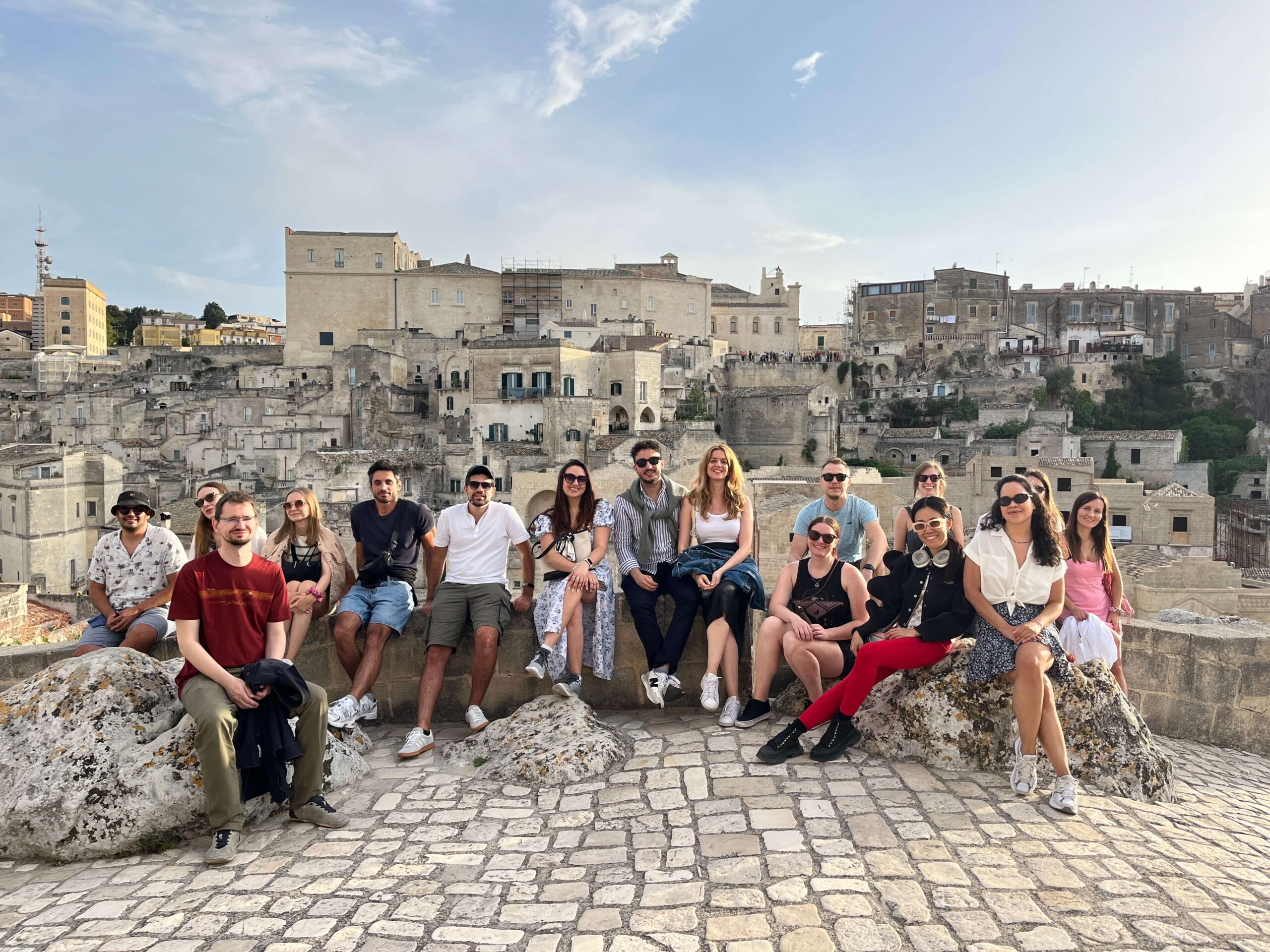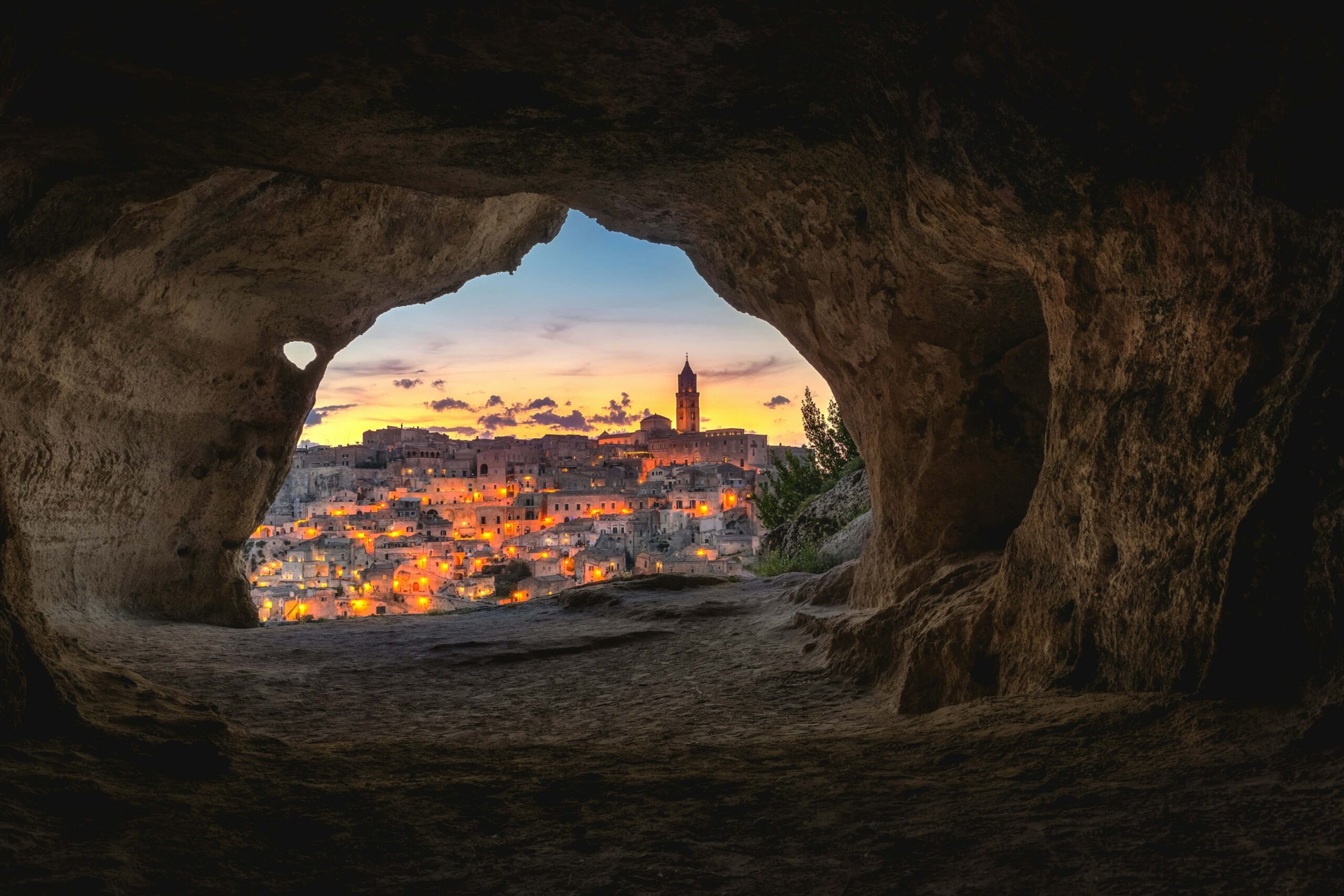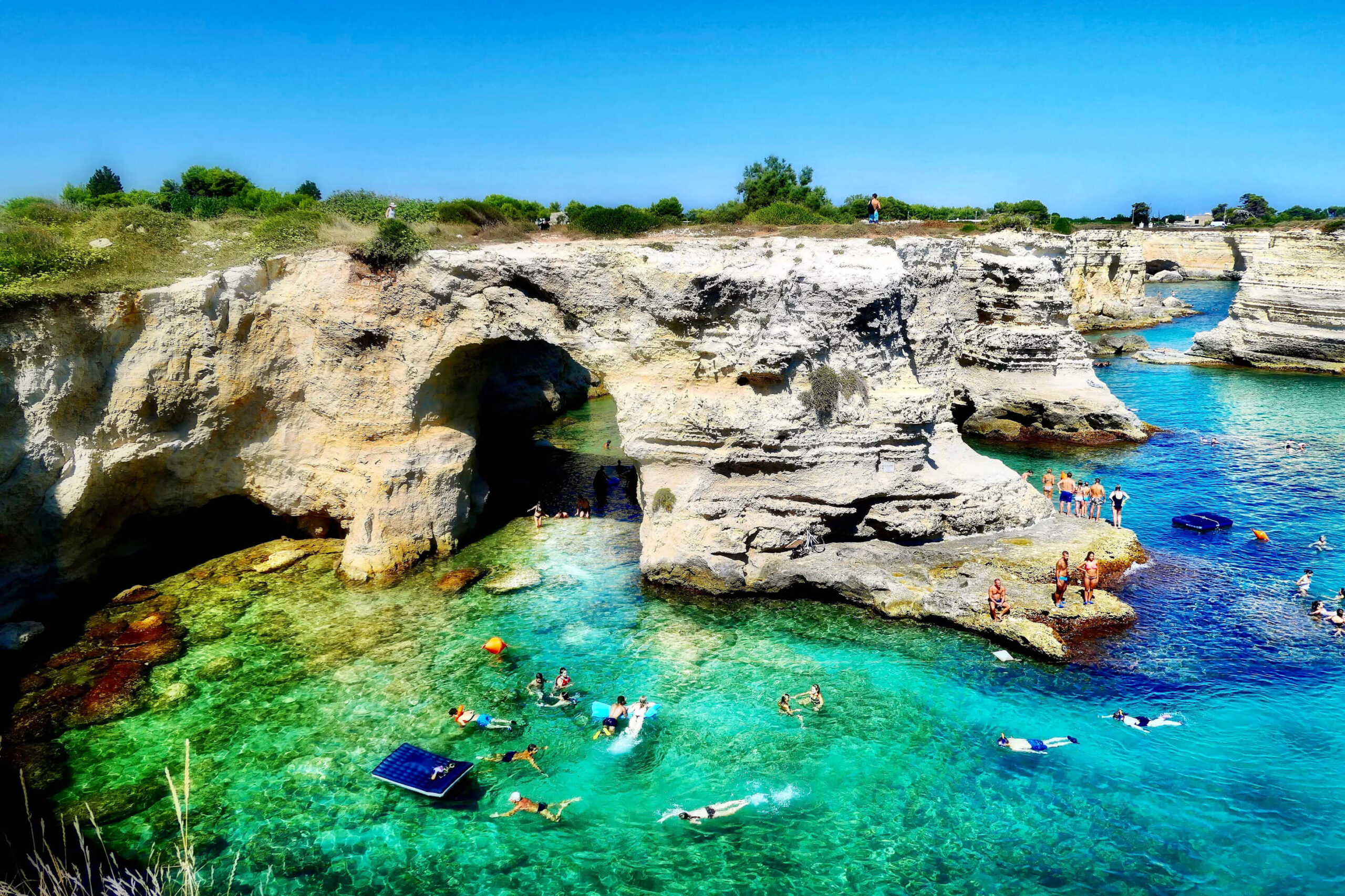Tursi is the hometown of Albino Pierro, a contemporary dialect poet who was repeatedly considered for the Nobel Prize in Literature, thanks to his works, which have been translated into numerous languages worldwide.
In his honor, a Literary Park was established, hosting remarkable initiatives each year to keep alive the memory of one of the most important and charismatic figures of this historically Arab-influenced town.
Due to its deep-rooted heritage, Tursi, along with the Rabatane of Tricarico and Pietrapertosa, is a candidate for UNESCO World Heritage status.
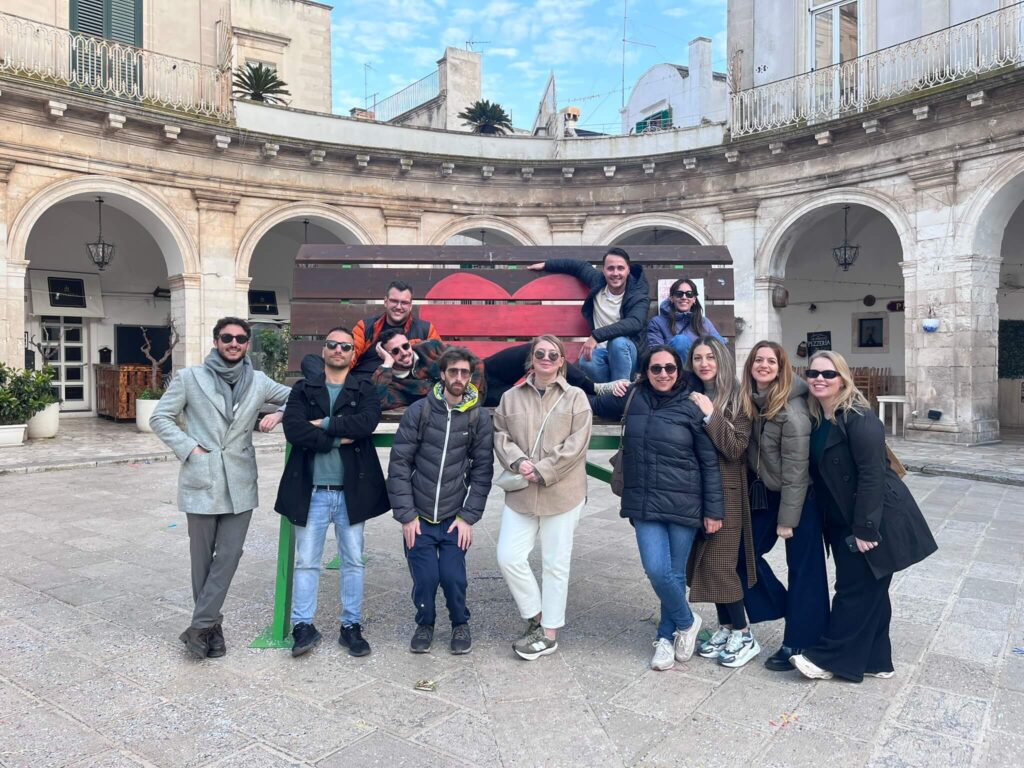
Visitors to Tursi will notice that the town is divided into several distinct districts, each with unique characteristics. The oldest and most renowned is the Rabatana, which developed around the Castle between the 5th and 6th centuries. This area is literally surrounded on all sides by deep, inaccessible ravines— the “Jaramme”— that Pierro famously referenced in his poetry.
The Goths built the Castle, around which the first stone houses were constructed, making Rabatana the first inhabited nucleus of Tursi. Thanks to its strategic defensive position, the settlement grew into an important and populated center, preserving traditions and spreading local culture. Albino Pierro made Rabatana the primary inspiration for his poetry. Here, visitors can walk through the narrow alleys of the original settlement, where humble dwellings often consisted of just a single ground-floor room.
To reach the Rabatana, one must ascend a wide, steep road stretching over 200 meters along the ravines. This pathway, locally called la Petrizze, replaced a once-dangerous trail. Standing out near la Petrizze is il Picciarello, a strip of land extending southward from the Castle hill, surrounded by precipices.
Within this district lies the Collegiate Church of Santa Maria Maggiore, built between the 10th and 11th centuries. Its 15th-century façade contrasts with its Baroque-style interiors. The church features three naves with a coffered ceiling, a transept richly decorated with frescoes, paintings, and ornate furnishings. The sacristy is adorned with massive wooden cabinets, and from the chapel, visitors can access a stone nativity scene sculpted in 1550, attributed to Antonello Persio, whose significant sculptural works can also be found in Matera and the surrounding areas. At the far end of the left nave is a chapel housing a 14th-century triptych depicting the Virgin of the Icon enthroned with the Child, alongside scenes from the lives of Jesus and the Virgin Mary. This artwork, attributed to the school of Giotto, holds considerable artistic value.
In Piazza Plebiscito, in the San Filippo district, stands the church of the city’s patron saint, San Filippo. It boasts an elegant Baroque façade and three naves, each adorned with exquisite works of art. Equally renowned is the Palazzo del Barone Brancalasso, which rises prominently among the narrow stone alleyways. Local legends claim that the owner sold his soul to the devil. According to folklore, the entire building was constructed in a single night by a group of demons who, caught by the light of dawn, were forever trapped on earth in the form of statues. These statues, which indeed adorn the palace, actually symbolize justice, peace, and charity.
In the heart of Piazza Maria SS di Anglona stands the Cathedral of the Annunziata, which was tragically destroyed by two fires in 1988 but was reopened for worship just in time for the Jubilee of 2000.
The city’s final architectural gem is undoubtedly the Minor Basilica of Anglona, located between Tursi and Policoro. Dating back to the 11th–12th centuries, this Latin-cross church features three naves: a wide and lofty central nave, flanked by two lower, narrower aisles. Originally, the sanctuary was adorned with valuable frescoes depicting scenes from both the Old and New Testaments. Some saintly figures remain on the columns, and scenes from the Old Testament are still clearly visible on the right wall of the central nave.
A local legend tells of a young shepherd who, while tending his flock on the Variante hill—midway between Tursi and Anglona—was approached by a “beautiful Lady.” She instructed him to go to the village and invite the townspeople to retrieve her. Initially skeptical, the villagers, driven by curiosity, climbed to the hilltop, where they discovered a statue of the Madonna. They carried it back to its sanctuary. At the site of the discovery, a votive brick shrine was built, with a wooden cross erected to commemorate the event. Since then, every year on the first Sunday after Easter, the Madonna is carried on foot along a 10-kilometer procession from the sanctuary to Tursi’s cathedral.
From a gastronomic perspective, Tursi is globally renowned for its oranges, particularly the Staccia variety, which can grow up to 1.5 kilograms, making it a rare and prized delicacy. In addition to citrus fruits, the region produces exceptional stone fruits such as percoche peaches and apricots, along with a thriving olive and wine industry.
‘C c’arrvè alla Ravaten s nchianet a Ptrizz, ca parete na sckej appuntllet a na timpa sciullet’
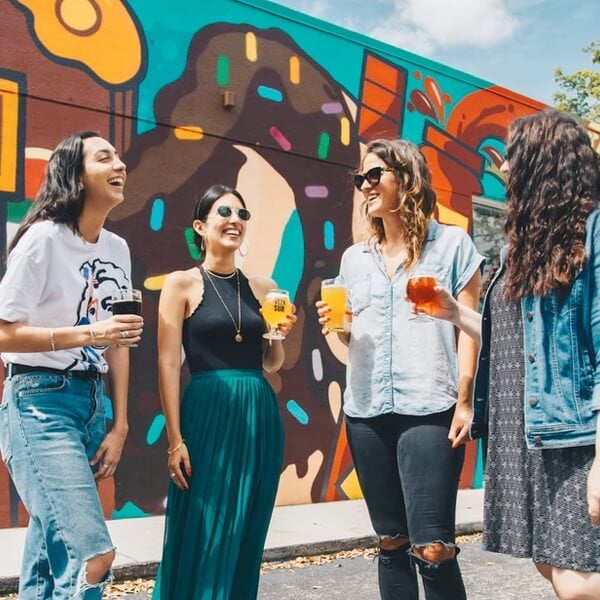
Keep Exploring with Tursi Digital Nomads
Stay inspired and connected as we share insights, local tips, and stories to help you make the most of your digital nomad journey in Southern Italy and beyond.
Whether you’re planning your next adventure or already living the digital nomad lifestyle, Tursi Digital Nomads is here to guide and inspire you. Follow us for more insights, local tips, and stories from the heart of Southern Italy. Let’s build a community of explorers—one journey at a time!

